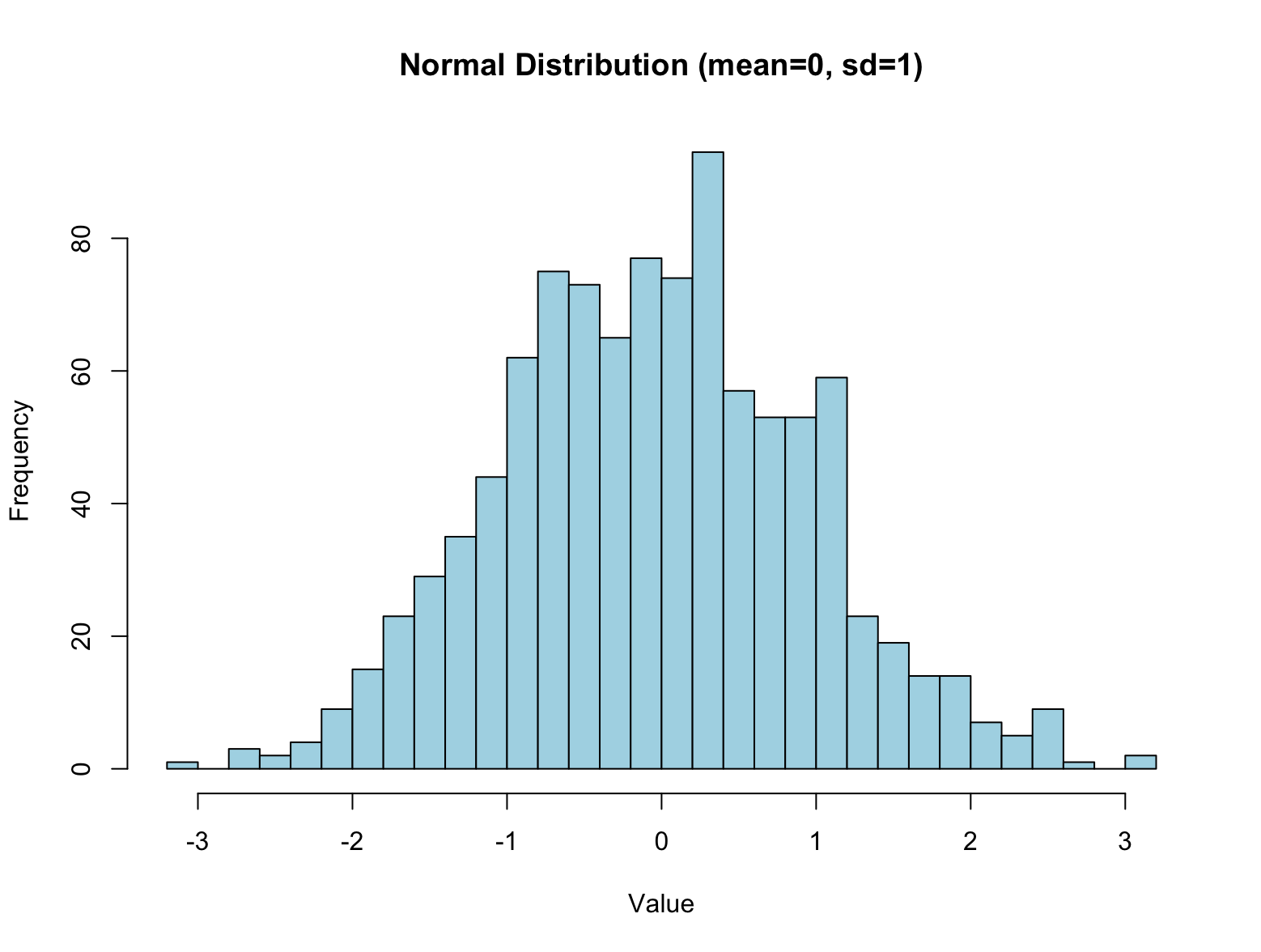R 기초
제1장 R 기초와 데이터 마트
목차
Data Types
# Character strings
class('abc'); class("TRUE")
# Numeric
class(Inf); class(1); class(-3)
# Logical
class(TRUE); class(FALSE)
# Special values
sqrt(-3) # NaN: Not a Number
class(NA) # NA: Missing value
class(NULL) # NULL: No memory allocated
Variable Assignment
string1 <- 'abc' # Standard assignment
"data" -> string2 # Rightward assignment
number1 <<- 15 # Global assignment
Inf ->> number2 # Global rightward assignment
logical = NA # Assign NA to logical variable
Comparison & Logical Operators
string1 == 'abc'
string1 != 'abcd'
string2 > 'DATA'
number1 <= 15
is.na(logical)
is.null(NULL)
!TRUE
TRUE & FALSE
TRUE | FALSE
!(TRUE & FALSE)
Vectors
v4 <- c(3, TRUE, FALSE) # Coerced to numeric
v5 <- c('a', 1, TRUE) # Coerced to character
v1 <- c(1:6)
Matrices & Arrays
m1 <- matrix(c(1:6), nrow=2)
m2 <- matrix(c(1:6), ncol=2)
m3 <- matrix(c(1:6), nrow=2, byrow=TRUE)
v1 <- c(1:6)
dim(v1) <- c(2,3) # Reshape into matrix
a1 <- array(1:12, dim=c(2,3,2))
Lists
L <- list()
L[[1]] <- 5
L[[2]] <- c(1:6)
L[[3]] <- matrix(1:6, nrow=2)
L[[4]] <- array(1:12, dim=c(2,3,2))
Data Frames
v1 <- c(1,2,3)
v2 <- c('a', 'b', 'c')
df1 <- data.frame(v1, v2)
String Manipulation
data <- 'This is a pen'
tolower(data)
toupper(data)
nchar(data)
substr(data, 9, 13)
strsplit(data, 'is')
grepl('pen', data)
gsub('pen', 'banana', data)
Statistical Functions
| Function | Description | Example | Output (for x <- c(2, 4, 6, 8, 10, 12)) |
|---|---|---|---|
mean(x) |
Returns the arithmetic mean (average) | mean(x) |
7 |
median(x) |
Returns the median (middle value) | median(x) |
7 |
sum(x) |
Returns the total sum of all elements | sum(x) |
42 |
max(x) |
Returns the largest value | max(x) |
12 |
min(x) |
Returns the smallest value | min(x) |
2 |
range(x) |
Returns a vector with the min and max values | range(x) |
2 12 |
var(x) |
Returns the sample variance | var(x) |
14.4 |
sd(x) |
Returns the sample standard deviation | sd(x) |
3.7947 |
which.max(x) |
Returns the index of the first maximum value | which.max(x) |
6 |
which.min(x) |
Returns the index of the first minimum value | which.min(x) |
1 |
summary(x) |
Returns min, 1st Qu., median, mean, 3rd Qu., and max | summary(x) |
Min. 2, 1st Qu. 4.5, Median 7, Mean 7, 3rd Qu. 9.5, Max. 12 |
quantile(x) |
Returns the percentiles/quantiles | quantile(x) |
0%: 2, 25%: 4.5, 50%: 7, 75%: 9.5, 100%: 12 |
v1 <- seq(2, 12, by=2)
sum(v1)
mean(v1)
median(v1)
var(v1)
sd(v1)
max(v1)
min(v1)
range(v1)
summary(v1)
Skewness & Kurtosis
install.packages("fBasics")
library(fBasics)
skewness(v1) # Skewness: asymmetry of distribution
kurtosis(v1) # Kurtosis: peakedness
Data Handling
m1 <- matrix(1:6, nrow=2)
colnames(m1) <- c('c1', 'c2', 'c3')
rownames(m1) <- c('r1', 'r2')
df1 <- data.frame(x=c(1,2,3), y=c(4,5,6))
colnames(df1) <- c('c1', 'c2')
rownames(df1) <- c('r1', 'r2', 'r3')
df1$v1; df1$v2[3]
df1[2,]
Control Structures
# For loop
for(i in 1:3) print(i)
# While loop
i <- 0
while(i < 5) {
print(i)
i <- i + 1
}
# If-Else
number <- 7
if(number < 5) {
print('Less than 5')
} else if(number > 5) {
print('Greater than 5')
} else {
print('Equals 5')
}
Functions
comparedTo5 <- function(number) {
if(number < 5) print('Less than 5')
else if(number > 5) print('Greater than 5')
else print('Equals 5')
}
comparedTo5(10); comparedTo5(3); comparedTo5(5)
Apply & Preprocessing
x <- 1:12
head(x, 5); tail(x, 5); quantile(x)
df1 <- data.frame(x=c(1,1,1,2,2), y=c(2,3,4,3,3))
df2 <- data.frame(x=c(1,2,3,4), z=c(5,6,7,8))
subset(df1, x==1)
merge(df1, df2, by='x')
apply(df1, 1, sum) # row-wise
apply(df1, 2, sum) # column-wise
R Functions for Normal Distribution
The normal distribution (also called Gaussian distribution) is a continuous probability distribution that is symmetric around the mean. It is commonly used in statistics and data analysis to model naturally occurring data.
Characteristics of the Normal Distribution
- Bell-shaped curve: Symmetrical around the mean.
- Mean = Median = Mode
- Defined by two parameters: mean (μ), standard deviation (σ)
| Function | Description | Example | Output / Note |
|---|---|---|---|
dnorm(x) |
Probability density function | dnorm(0) |
Density at x = 0 (default mean = 0, sd = 1) |
pnorm(q) |
Cumulative distribution function (P(X ≤ q)) | pnorm(1.96) |
≈ 0.975 |
qnorm(p) |
Quantile function (inverse of pnorm) | qnorm(0.975) |
≈ 1.96 |
rnorm(n) |
Random generation from normal distribution | rnorm(5, mean=10, sd=2) |
5 values from N(10, 2²) |
# Generate 1000 random values from N(0,1)
data <- rnorm(1000, mean = 0, sd = 1)
# Plot histogram
hist(data, breaks=30, col="lightblue", main="Normal Distribution (mean=0, sd=1)", xlab="Value")

Date & Time
Sys.Date(); Sys.time()
as.Date("2020-01-01")
format(Sys.Date(), '%Y/%m/%d')
format(Sys.Date(), '%A')
unclass(Sys.time())
as.POSIXct(1743844791, origin='1970-01-01')
Basic Plotting
x <- 1:10
y <- rnorm(10)
plot(x, y, type='l', xlim=c(-2,12), ylim=c(-3,3),
xlab='X axis', ylab='Y axis', main='Test plot')
abline(v=c(1,10), col='blue')

This comprehensive summary is ideal for beginners in R and those reviewing fundamentals in preparation for data science applications. You can reuse these code blocks for projects, notebooks, or presentations.